In the world of packaging, paper cups have become a ubiquitous choice for beverages, thanks to their convenience and eco-friendliness. The production of these cups involves sophisticated machinery equipped with various accessories that enhance efficiency and product quality. Understanding these components is essential for manufacturers looking to optimize their processes. This article will explore some common accessories used in paper cup machines and their specific functions.
1. Cup Mold
The cup mold is a critical accessory in any paper cup machine. It determines the shape and size of the final product. Molds are usually made from high-quality steel or aluminum to withstand the high pressure and temperature during the forming process. Different molds can be designed for various cup sizes, from small espresso cups to large coffee cups. Their precision ensures that each cup produced meets the required specifications, contributing to uniformity in production.
2. Paper Feeding System
The paper feeding system is responsible for delivering paper rolls into the machine. This system typically consists of a series of rollers and tension controls that ensure smooth feeding without jams or misalignments. An efficient paper feeding system minimizes downtime and increases productivity by maintaining a consistent flow of material into the machine. Advanced models may include sensors that detect low paper levels and automatically alert operators to replenish supplies.
3. Heating System
The heating system plays a vital role in the bonding process of paper cups. It uses heaters or infrared panels to warm the paper edges before they are pressed together. Proper heating is essential for ensuring that adhesive bonds well, resulting in stronger cups. Some machines come equipped with adjustable temperature controls, allowing operators to customize settings based on the type of paper or adhesive used, thus optimizing the production process.
4. Gluing Unit
The gluing unit applies adhesive to the edges of the paper before they are formed into cups. This component can use various types of glue, including water-based and hot melt adhesives, depending on the desired properties of the final product. The gluing unit ensures even distribution of the adhesive, preventing leaks and improving the structural integrity of the cups. Advanced systems may incorporate automatic glue dispensers that adjust the amount of glue based on the speed of the production line.
5. Forming Mechanism
The forming mechanism is where the magic happens—it shapes the flat paper into a three-dimensional cup. This process often involves a combination of mechanical presses and pneumatic systems to form the cups accurately. The speed and efficiency of the forming mechanism can significantly impact the overall production rate. Different machines may employ varied techniques, such as rotary or inline forming, depending on their design and intended output.
6. Trimming Unit
After cups are formed, the trimming unit cuts away excess paper to create a clean edge. This process is essential for maintaining the aesthetic quality of the cups. A precise trimming unit ensures that all cups are uniform in height and appearance, which is crucial for branding and consumer appeal. Modern trimming units may also feature adjustable settings to accommodate different cup designs, enhancing flexibility in production.
7. Stacking and Packing System
The stacking and packing system organizes finished cups for easy transportation and storage. After being formed and trimmed, cups need to be stacked neatly to prevent damage. This system often includes conveyors and automatic stackers that efficiently group cups into bundles. Some advanced packing systems can even insert cups into boxes or crates, streamlining the logistics process and reducing manual labor.
8. Control Panel
The control panel is the brain of the paper cup machine. It allows operators to monitor and adjust various parameters, such as speed, temperature, and glue application rates. Modern control panels often come with touchscreen interfaces, making it easier to interact with the system. Additionally, many advanced machines now feature programmable logic controllers (PLCs) that automate routine tasks, leading to improved efficiency and reduced operator error.
9. Quality Control System
A robust quality control system is essential in paper cup production to ensure that every cup meets industry standards. This system may include cameras and sensors that inspect cups for defects, such as improper seals or misshapen forms. If a defect is detected, the machine can automatically reject the flawed cup, maintaining a high level of quality throughout the production process. Implementing an effective quality control system can significantly reduce waste and improve customer satisfaction.
Conclusion
In summary, the production of paper cups involves a variety of specialized accessories that work together to create a high-quality product efficiently. From the cup mold to the quality control system, each component plays a vital role in ensuring that the final output meets both functional and aesthetic requirements. Understanding these accessories can help manufacturers optimize their operations and enhance the quality of their products, ultimately leading to greater customer satisfaction and business success.




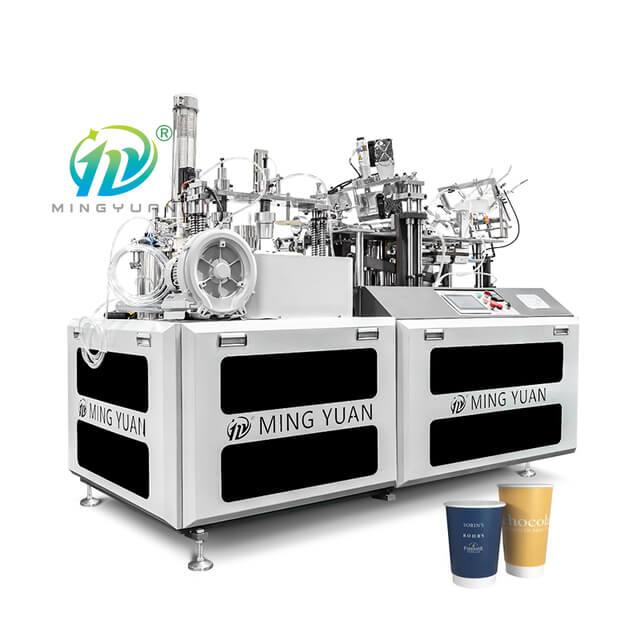
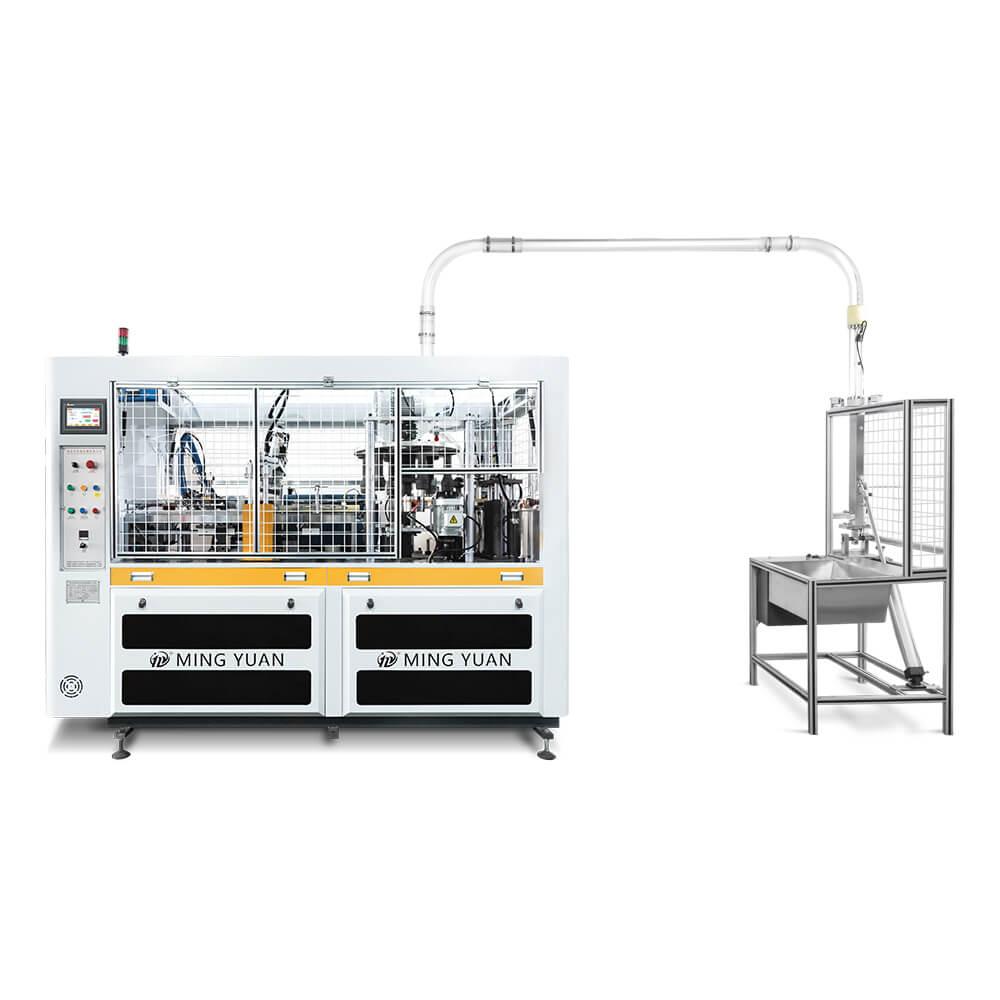
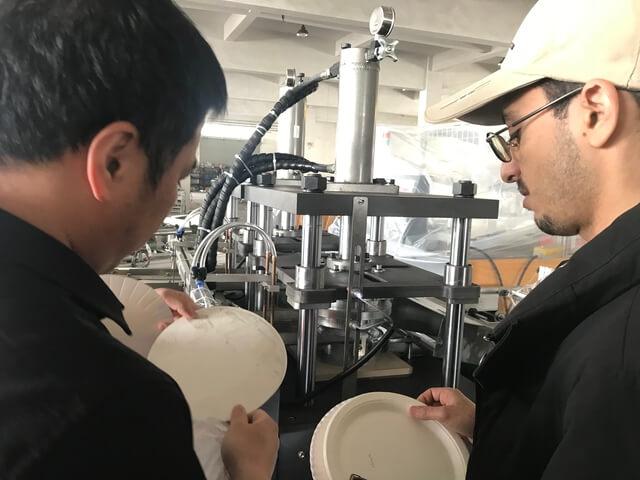
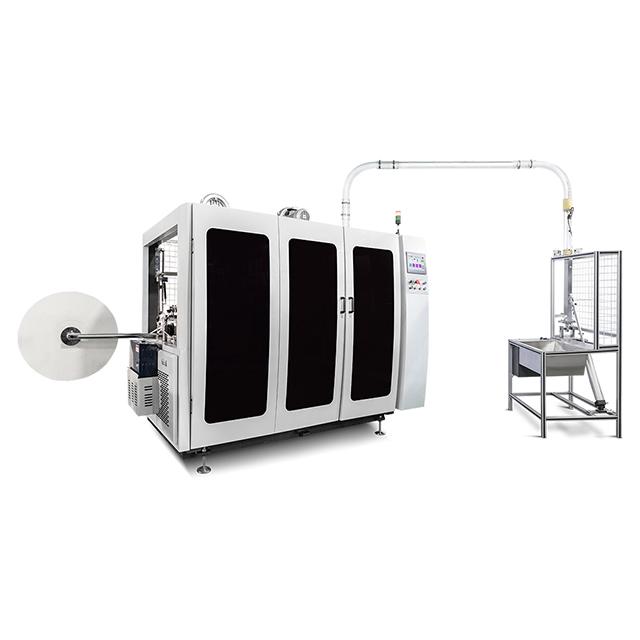
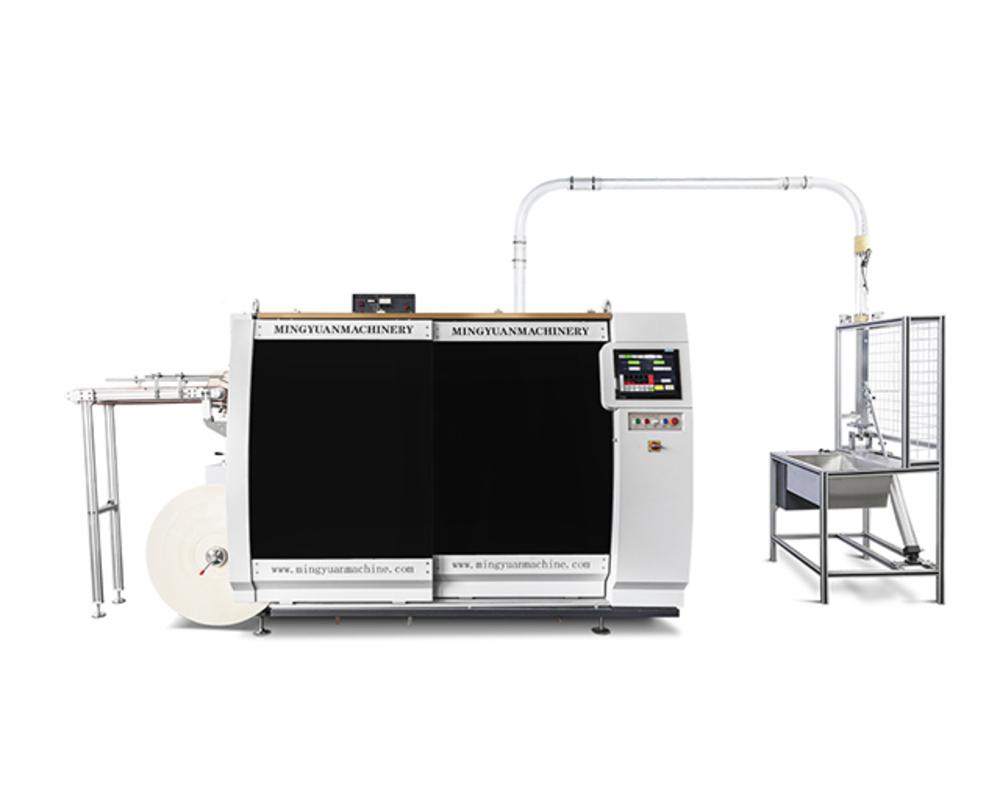
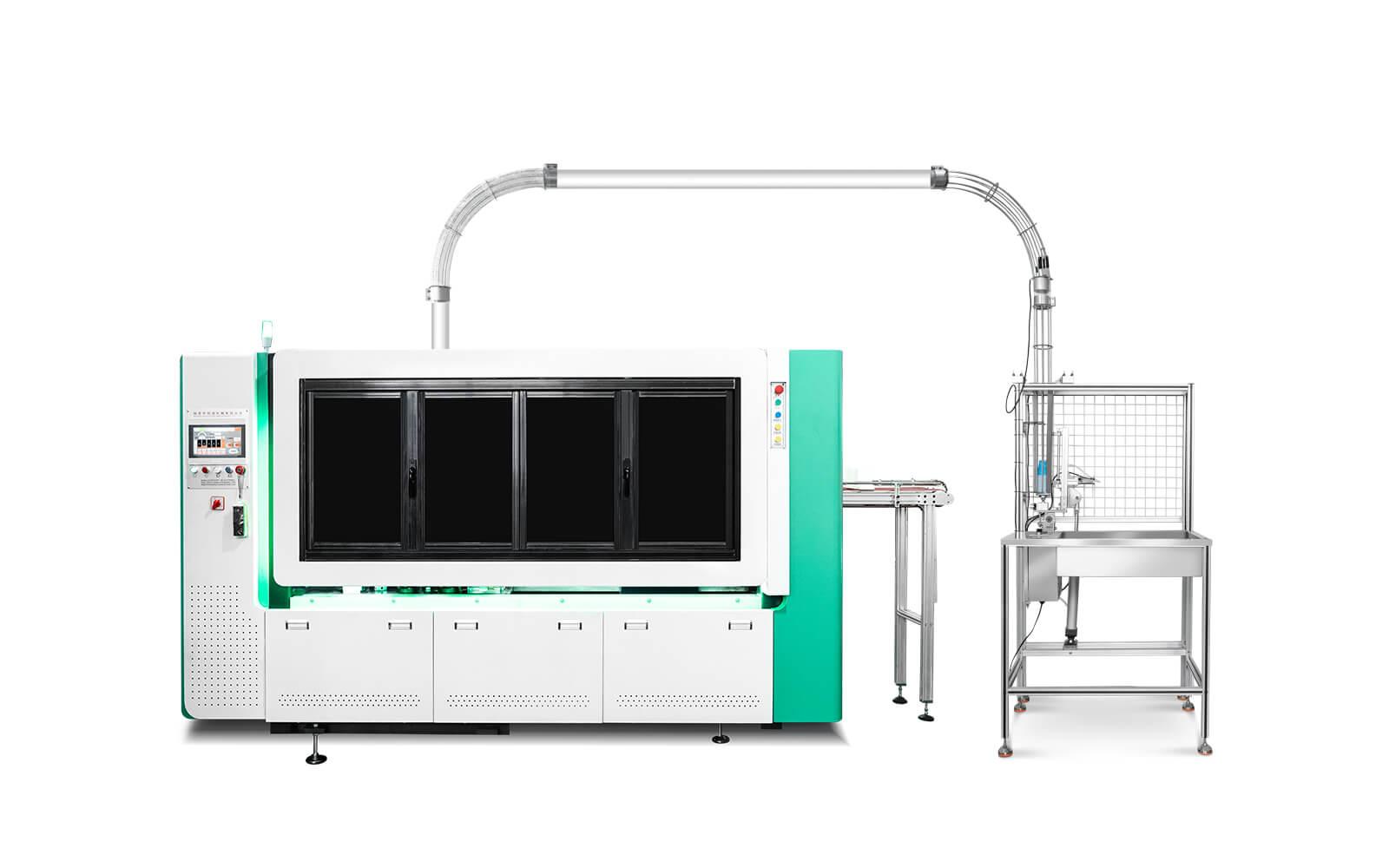
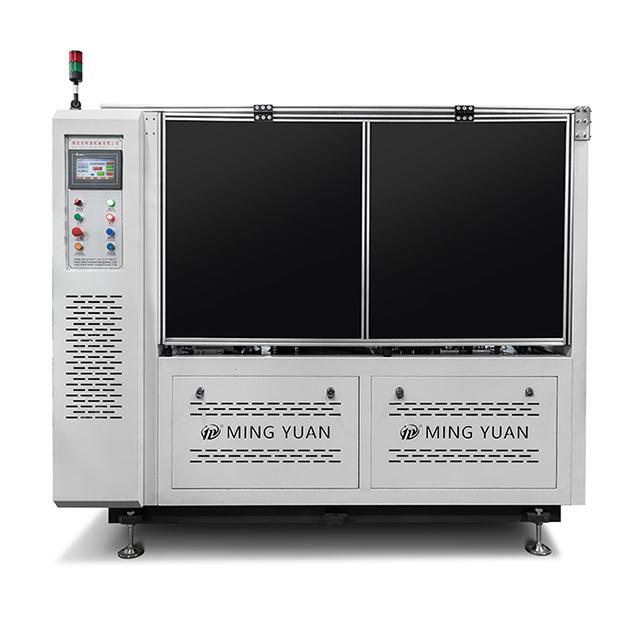
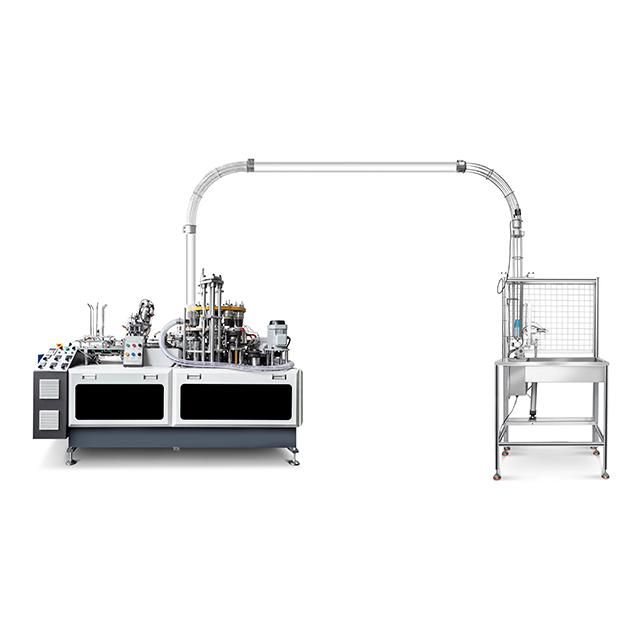
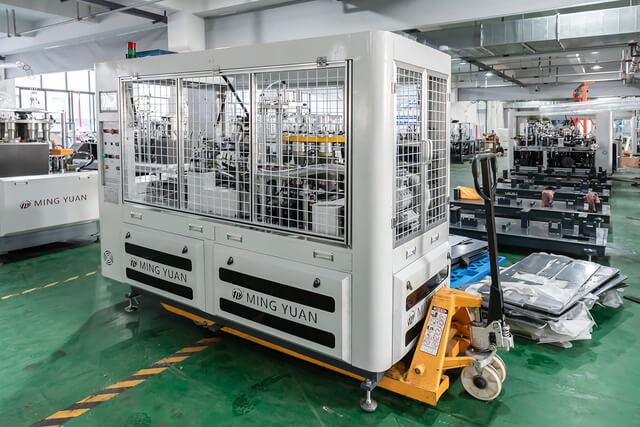
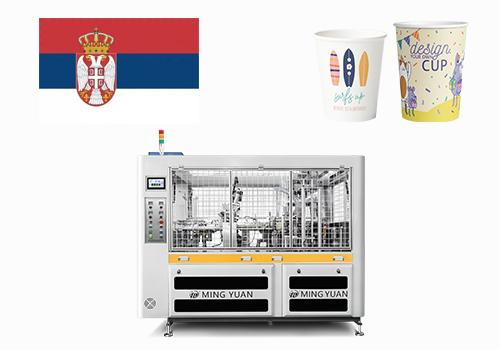
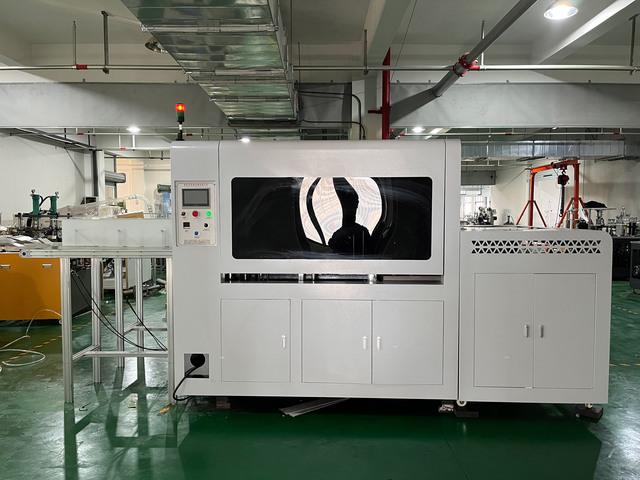

 Tel: +86-19057361870 / +86 577 65567060
Tel: +86-19057361870 / +86 577 65567060  Email: george@paper-cupmakingmachine.com
Email: george@paper-cupmakingmachine.com MP/WhatsApp: +86-19057361870
MP/WhatsApp: +86-19057361870 Manufacturer Address:No.1588, Huaming Road, Feiyun Street,Ruian City Zhejiang Province -325200 China
Manufacturer Address:No.1588, Huaming Road, Feiyun Street,Ruian City Zhejiang Province -325200 China




